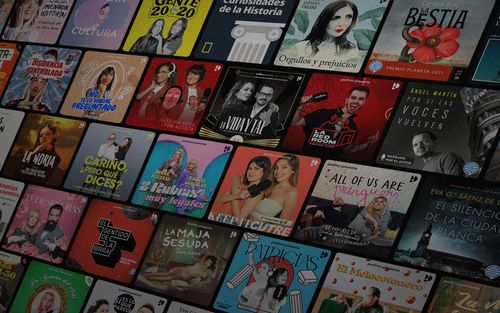EA - Hiring retrospective: Research Communicator for Giving What We Can by Michael Townsend
The Nonlinear Library: EA Forum - Ein Podcast von The Nonlinear Fund

Kategorien:
Welcome to The Nonlinear Library, where we use Text-to-Speech software to convert the best writing from the Rationalist and EA communities into audio. This is: Hiring retrospective: Research Communicator for Giving What We Can, published by Michael Townsend on September 13, 2023 on The Effective Altruism Forum.Inspired by Aaron Gertler's notes on hiring a copyeditor for CEA and more recently ERA's hiring retrospective, I am writing a retrospective on Giving What We Can's hiring for the Research Communicator role. This is written in my capacity as a Researcher for Giving What We Can. I helped drive the hiring process along with several other team members. The main motivation of the post is to:Provide more information for applicants on what the hiring process looked like internally.Share our lessons learned so that other organisations can improve their hiring processes by avoiding our mistakes and copying what we think we did well.SummaryWe received ~145 applications from a diverse pool of candidates, and made one hire.We had four stages:An initial series of short answer questions - 24/145 moved to the next stage.A ~2-hour work test - 5/24 moved to the next stage.A work trial (11-hours total) - 2/5 moved to the next stage.A final interview and reference checks - we made one offer.There are parts of the hiring process that we think went well:We had a large and highly diverse pool of candidates.We provided at least some feedback for every stage of the application process, giving more detail for later stages.We think there were advantages to our heavy reliance on work tests and trials, and the ways we graded them (e.g. anonymously, and by response rather than by candidate).There are ways we could have done better:Our work trial was overly intense and stressful, and unrepresentative of working at GWWC.We could have provided better guidance and/or tools for how long to take on the initial application tasks.We could have had better communication at various stages, e.g. on the meaning of some of the scores shared as feedback on that application.What we didIn this section, I'll outline the stages of our hiring process and share some reflections specific to each. The next section will provide some more general reflections.Advertising the roleWe made a reasonable effort into ensuring we had as large and diverse a pool of candidates for the role as we could. Some of the things we did include:Before the role opened, our Director of Research Sjir Hoeijmakers attended EAGxIndia and EAGxLatAm, in part motivated to meet potential candidates (we thought it was likely we would hire another person to our research team later in the year).Once the role opened:Many of our team reached out to our own personal networks to advertise the role, especially to those from less represented backgrounds.We advertised the role on our newsletter, 80,000 Hours' job board, and used High Impact Professionals' directory to reach out to candidates outside our networks.We think this contributed to a diverse applicant pool, including many candidates with backgrounds, experience, and perspectives that we felt were underrepresented by the existing team:The majority of applicants at the work test and work trial stage were women (we mostly graded applicants blindly - more details below).When we asked the 145 applications for their country of residence, roughly half were non-English speaking countries, and the majority of those were outside of Europe.The initial applicationWe asked applicants to fill in an Airtable form which asked for:General information and permissions (e.g., whether they wanted to opt-in to receiving feedback or to us proactively referring them to other related roles in the future).Their LinkedIn profile and/or resume.Answers to short-answer questions, about:Their background with effective altruism or effective giving and interest in the role.Specific questions that functioned more as a very quick test (providing an ...

